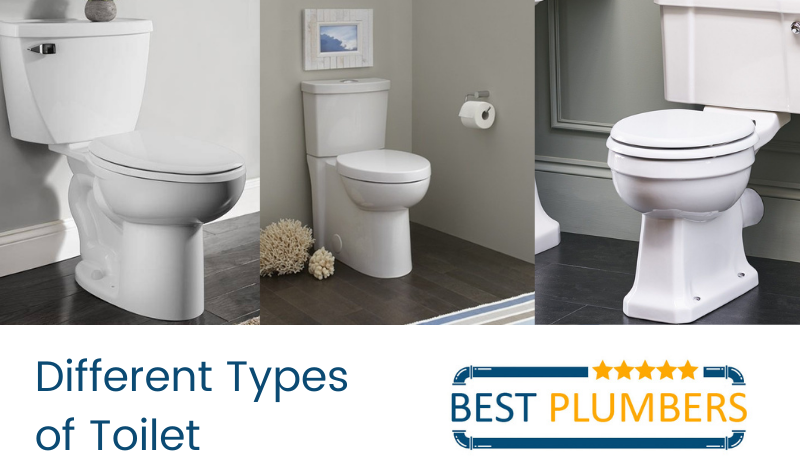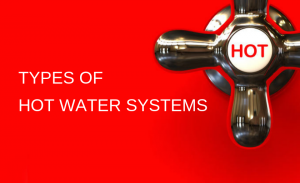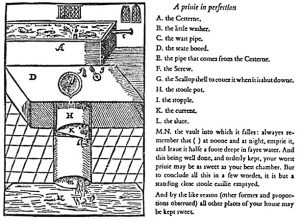A lot of people are making better choices for the world around them in the choices of systems, appliances and even toilets they use. The focus is to save water and when your toilet usage in one household per year amounts to 30% of your total water use, if you can reduce that, then that makes a big difference. It also saves you money on your water bills. From there who knows what other changes you could make in your water use. There are several different types of toilets though, based on their flushing system, so if you are having to replace one, or are having a new bathroom put in, here is a look at the types of toilets Australia has to offer!
Popular types of toilets
While there are more, here are some of the options people are having put in nowadays.
- The major players are gravity toilets – Most households have a gravity flushing toilet where the flushing action pulls water from the bowl. They have come along way since their development and you can get them in various designs and styles. People choose them because that is what they know but there are other options as noted below.
- Vacuum-assisted toilets – Less popular toilet types include the vacuum-assist toilet. In the trap, it creates a vacuum that acts when you flush.
- Tip bucket toilets – A bucket is at the top of the toilet’s tank and when you flush rather than filling the tank it dips into the tank and then pours into the toilet bowl. There is less chance of leaks as there is no flapper and there are no small parts that might break and need replacing.
- Dual flush toilets – While typical in types of toilets Australia, and you can see them in some European countries these still do not have a foothold in the US. They offer you a choice of what kind of flush you need to do. One button will give just a 4 litre flush and the other will do a full flush. You save the latter for when there is more to flush basically. You can save up to 26% of water compared to standard toilets.
- Pressure-assist toilets – Again this toilet does not use a flapper mechanism but rather uses a vessel inside the tank to trap air so basically when you flush the pressure created gives you pushing action to push the waste down. A lot of larger buildings use them and they are louder so fewer homes opt for them and they also cost more. But they are cleaner toilets than traditional types.
- Rimless toilets – A rising trend in the types of toilet, a rimless toilet is the one that has no rim. No brainer, right? The flushing system here is more direct. Once you press the flush button, the water comes out of the tank in a rotary motion, reaching all the areas of the toilet. In the end, you have a cleaner toilet.
- Touchless toilets – With all these different types of toilets we had to consider something that was using more technology and here we have the touchless toilet. There is no handle or button you have to push, it uses a sensor that detects movement. These are expensive though. You can even get smart toilets!
Installing your toilet
In some cases installing a toilet is a fairly simple task if you are already handy and have a few basic tools. Especially if you are only replacing the toilet cistern. If you are putting one in where the old ones were, and you are putting in something pretty standard, you might even be able to take care of it yourself, with another set of hands to help. But some of these toilets need a little more expertise and are more complicated so make sure you find a plumber that can help with all aspects of toilet plumbing to install it for you. You know it will get done properly with no leaks or horrible accidents.
Conclusion
When you are looking at what types of toilets you might get for your home, as well as considering the flushing action, there are other things to think about too. There are a lot of different styles and looks so be prepared to get a great upgrade if you are used to a really old and traditional toilet right now! With any choice as well as considering style preference, looks and cost, also think about the water they use and how you can do your bit for the environment by saving water at home while also save some money on water bills.







